The Ministry of Health has proposed a list of 35 occupational diseases covered by social insurance when drafting the Circular regulating occupational diseases covered by social insurance.
It is expected that this draft circular will replace Circular 15/2016/TT-BYT; Circular 02/2023/TT-BYT as soon as it is issued.
According to the draft circular, the Ministry of Health proposes 35 occupational diseases covered by social insurance, including: Occupational silicosis; Occupational asbestosis; Occupational cotton dust; Occupational talc dust; Occupational coal dust; Occupational chronic bronchitis; Occupational asthma; Occupational lead poisoning; Occupational poisoning by benzene and its homologues; Occupational mercury poisoning; Occupational manganese poisoning; Occupational trinitrotoluene poisoning; Occupational arsenic poisoning; Occupational pesticide poisoning; Occupational nicotine poisoning; Occupational carbon monoxide poisoning; Occupational cadmium poisoning; Occupational deafness due to noise; Occupational decompression sickness; Occupational diseases due to whole-body vibration; Occupational diseases due to local vibration; Occupational radiation; Occupational cataracts; Occupational oil spots; Occupational skin pigmentation; Occupational contact dermatitis due to chromium; Occupational skin diseases due to prolonged exposure to wet and cold environments; Occupational skin diseases due to exposure to natural rubber and rubber additives; Occupational leptospirosis; Occupational hepatitis B; Occupational tuberculosis; HIV infection due to occupational accidents; Occupational hepatitis C; Occupational mesothelioma; Occupational COVID-19.

Workers of La Hien Cement Joint Stock Company - VVMI load cement for customers. Illustrative photo: Hoang Nguyen/VNA
Compared with current regulations, in the new draft circular, the number of occupational diseases remains the same but there are changes in the addition of some new diseases and the removal of old diseases.
For example, in item 9 of the list of occupational diseases in Circular 02 of the Ministry of Health covered by social insurance is Occupational poisoning caused by benzene, this draft adds occupational poisoning caused by benzene and its homologues... The draft also clearly states that after being diagnosed with an occupational disease, workers need to: Limit exposure to harmful factors that cause that occupational disease; and receive treatment according to the regimen of the Ministry of Health.
For occupational poisoning diseases, detoxification must be done promptly; nursing, rehabilitation and assessment of the level of reduced working capacity must be performed to enjoy insurance benefits according to regulations.
Some occupational diseases (occupational deafness due to noise, occupational diseases due to local vibration, whole body vibration, manganese poisoning, occupational pneumoconiosis except cotton pneumoconiosis) and occupational cancer, cancer due to occupational diseases that cannot be treated stably need to be transferred for immediate examination and assessment.
In case of diagnosing occupational poisoning diseases for workers during the guarantee period, it is not necessary to have tests to determine toxins in the body.
The Ministry of Health also requested that Institutes of preventive medicine, medical and pharmaceutical universities proactively research and propose new and specific diseases in various fields and occupations for the Ministry of Health (Department of Medical Environment Management) to consider adding to the List of insured occupational diseases based on specific criteria such as determining the relationship between exposure to harmful factors during work and a specific disease.
Some diseases may appear many years after the first exposure to harmful factors during the work process, the worker may have retired or changed to another job. Diseases occurring in the group of workers exposed to harmful factors often have a higher incidence rate than the group of workers not exposed. Some diseases occurring in workers due to exposure to harmful factors during the work process but have not been studied and have been internationally recognized as insured occupational diseases can be added to the list of insured occupational diseases in Vietnam.
For the Health sector, based on the criteria specified in the Circular, propose new and specific diseases in each field and profession for the Ministry of Health to consider adding to the List of insured occupational diseases. In addition, guide medical examination and treatment facilities in the sector to properly implement current regulations of the law on health examination for early detection of occupational diseases; regularly inspect and strictly handle organizations and individuals violating the law on occupational diseases.
The Ministry of Health also stated that, based on the criteria specified in Clause 4 of this Article, labor establishments, occupational health examination establishments, trade unions at all levels and relevant agencies, organizations and individuals shall report and propose the addition of new diseases in various fields and occupations for the Ministry of Health (Department of Medical Environment Management) to consider adding to the List of insured occupational diseases...
Regarding occupational diseases, the Ministry of Health recently sent a document to the People's Committees of provinces and cities on strengthening the implementation of health care for workers and prevention of occupational diseases.
According to the Ministry of Health, the results of the 10-year review of the implementation of Directive No. 29-CT/TU dated September 18, 2013 of the Central Party Secretariat on promoting occupational safety and hygiene in the period of industrialization, modernization and international integration show that certain results have been achieved in the field of occupational hygiene, contributing to protecting and improving the health and preventing occupational diseases for workers nationwide.
However, reality shows that many organizations and individuals employing labor do not fully comply with legal regulations on occupational safety and hygiene, employee health care and occupational disease prevention.
According to the Ministry of Health, the situation of work-related accidents and occupational diseases affecting the health and lives of workers tends to increase; especially in small and medium-sized labor establishments and high-risk industries such as mining, construction material processing, chemical use, mining... Many serious accidents have occurred, causing loss of life and property, leaving serious, long-term consequences for workers and the social security system.
Xuan Hoa (According to VNA)
Source










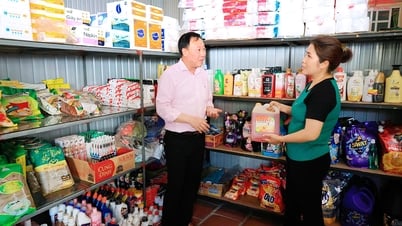

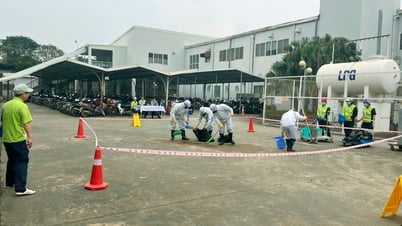
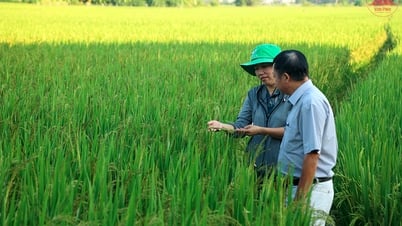










































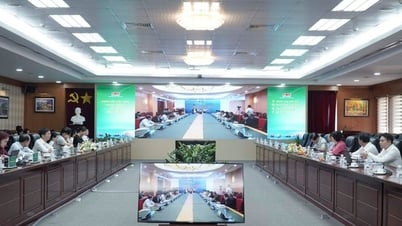















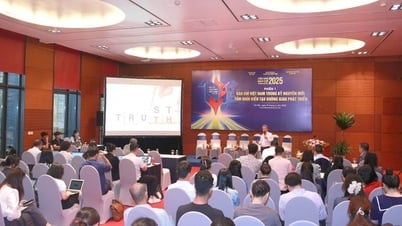
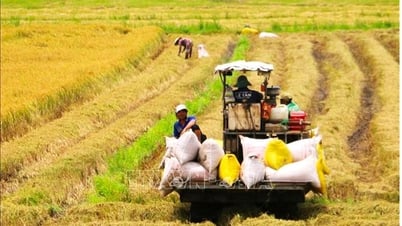
























Comment (0)